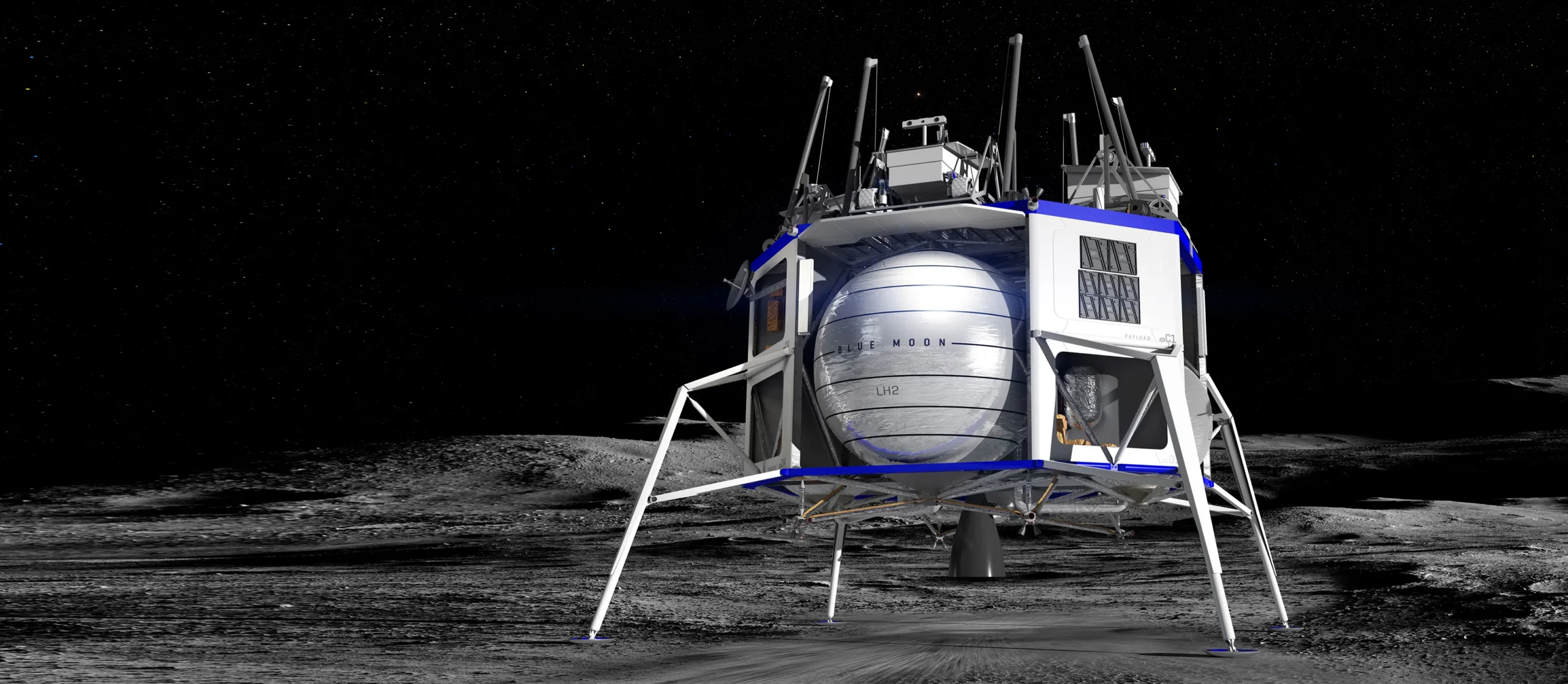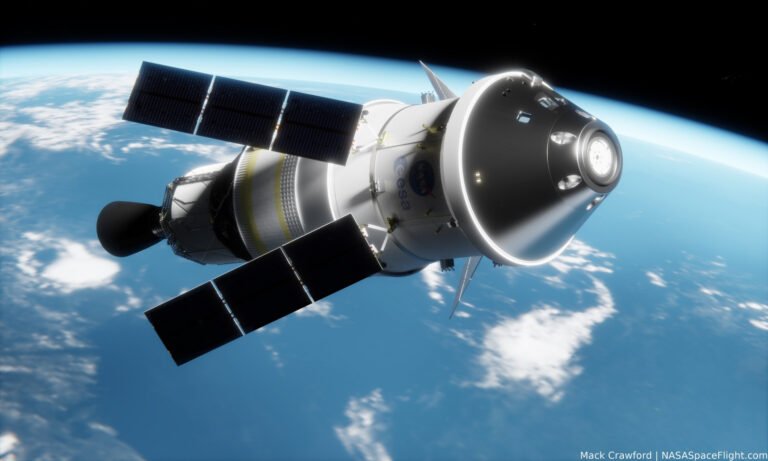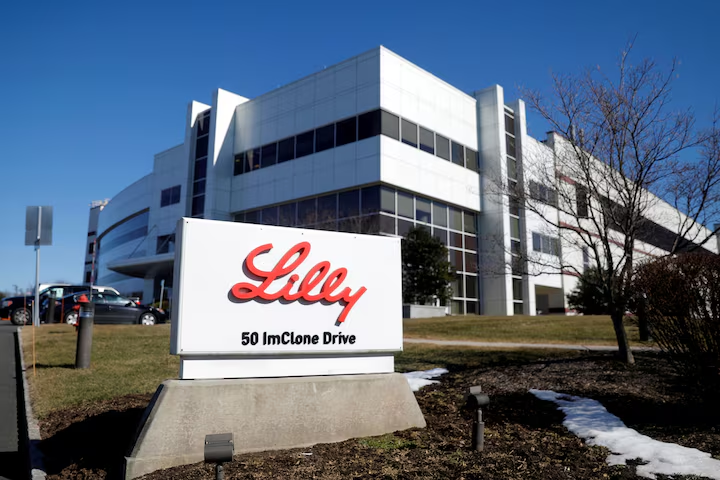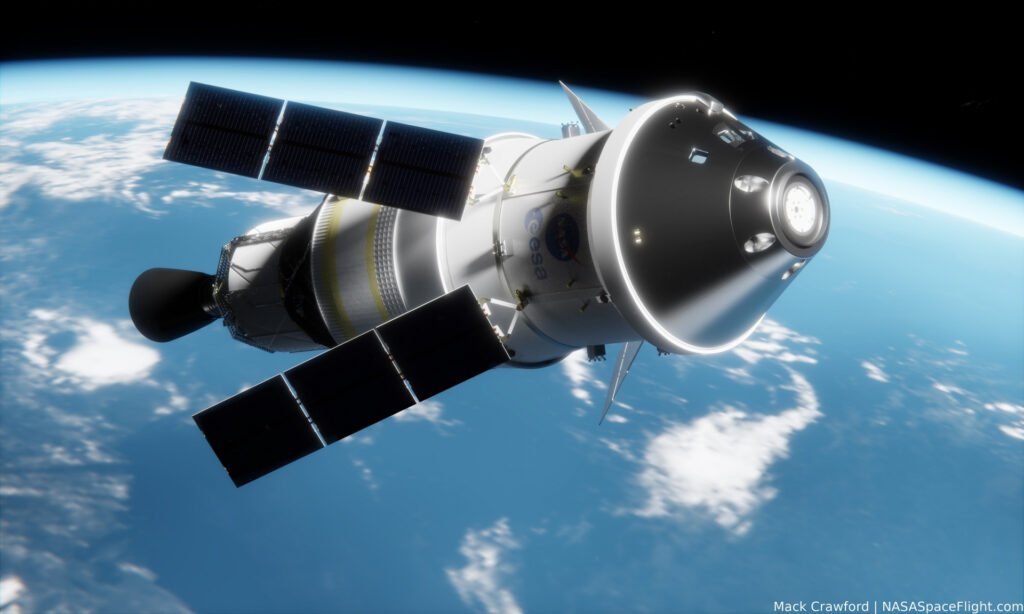A new era of space exploration is underway. The race to the Moon’s South Pole is accelerating, with nations and private companies all vying for a key resource: water ice. Under the Commercial Lunar Payload Services, or CLPS, initiative, NASA has taken a major step forward. It awarded a significant contract to Firefly Aerospace for a mission that will send multiple NASA lunar rovers to this critical region. This ambitious effort is not just about scientific discovery. It is about preparing for future human missions and building a sustainable presence on the Moon. With this mission, the journey of the NASA lunar rovers officially begins.
Firefly Aerospace and the Mission for Water
The contract, valued at $176.7 million, tasks Firefly Aerospace with delivering two rovers and three scientific instruments to the lunar south pole. This mission is part of NASA’s CLPS program, which is designed to utilize private companies for lunar deliveries. The rovers will target permanently shadowed craters. Inside these craters, temperatures are low enough to preserve water ice, a resource vital for future space operations. This water can be converted into drinking water, breathable oxygen, and rocket fuel. As a result, this mission is a crucial step for the Artemis program. This CLPS mission is therefore vital to establishing a long-term human presence on the Moon.
A Global Race for NASA Lunar Rovers
The hunt for lunar resources has become a global competition. The launch of these NASA lunar rovers places the United States directly in a race with other nations. Notably, China has its own mission, Chang’e-7, also planned for the lunar south pole. This competition is healthy, as it drives innovation and accelerates progress. However, it also highlights the strategic importance of securing access to these valuable sites. The rovers will be among the first to explore these challenging environments. This CLPS mission will gather essential data on the amount and distribution of water ice. This data is essential for selecting the best possible landing sites for future Artemis astronauts. The success of the CLPS program truly hinges on missions like this.
How Lunar Water Fuels the Space Economy
The discovery and extraction of lunar water ice will fundamentally change the space economy. Right now, sending resources from Earth to the Moon is incredibly expensive. In fact, a single kilogram of payload can cost thousands of dollars to launch. If we can “mine” water from the Moon, we can create a self-sustaining infrastructure. This would dramatically reduce the cost of lunar and deep space missions. The rovers on this CLPS mission will provide the initial data needed to build this new economy. The success of the CLPS initiative is therefore tied directly to this mission. It will help scientists understand the best ways to access and process the water ice. This mission will pave the way for a future where the Moon is a refueling station for missions to Mars and beyond.
The Future of the NASA Lunar Rovers Mission
The Firefly mission is just one piece of a much larger puzzle. It is part of a series of robotic missions paving the way for human exploration. The data collected by the NASA lunar rovers will inform the design of future vehicles and habitats. It will also help engineers understand the unique challenges of the lunar environment. This is a crucial step towards making sustained human presence on the Moon a reality. Furthermore, this CLPS mission inspires a new generation of scientists and engineers to pursue careers in space. In conclusion, the mission to hunt for lunar water ice is a significant milestone that will shape the future of space exploration for decades to come.
For more news and updates, please visit PFM Today.













